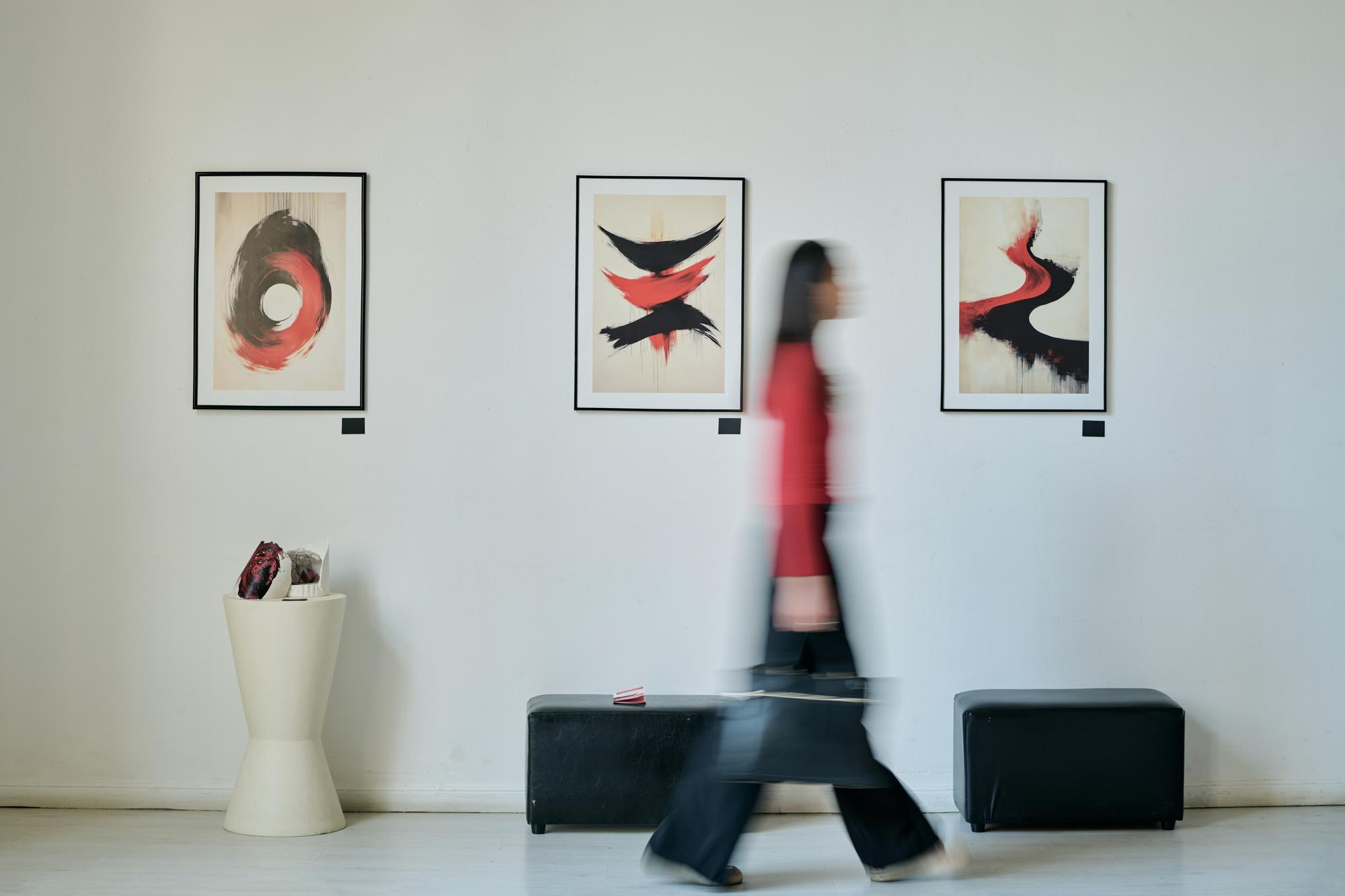Abstract art has fascinated art lovers for over a century, offering a unique departure from traditional representation. Unlike conventional art forms, it encourages viewers to interpret meaning through shapes, colors, and textures rather than literal depictions. In this blog, we explore the essence of abstract art, its history, and why it remains relevant and timeless.
The Essence of Abstract Art
What Defines Abstraction?
Abstract art does not aim to replicate objects or scenes from the real world. Instead, it relies on elements such as form, line, and color to convey emotions and concepts. This freedom from realism allows artists to express ideas in a way that is open to interpretation.
Emotional and Personal Interpretation
One of the most intriguing aspects of abstract art is its ability to evoke different emotions for each viewer. Unlike representational art, which tells a specific story, abstract pieces invite the audience to find their own meaning based on personal experiences and perspectives.
A Brief History of Abstract Art
The Evolution of Abstraction
Abstract art emerged in the early 20th century as artists sought new ways to express themselves beyond realism. Influential figures such as Wassily Kandinsky, Piet Mondrian, and Jackson Pollock played a significant role in shaping this movement, each bringing their unique styles and philosophies to the genre.
Key Movements and Styles
Abstract art has evolved through various movements, each contributing distinct techniques and concepts:
- Abstract Expressionism – Known for its emotional intensity and spontaneous brushwork.
- Color Field Painting – Focuses on large areas of solid color to evoke deep emotions.
- Geometric Abstraction – Uses precise shapes and forms to create structured compositions. These movements demonstrate the diversity within abstract art and its ongoing evolution.
The Timeless Appeal of Abstract Art
Universal and Everlasting
Abstract art transcends cultural and temporal boundaries, making it relevant across different eras and demographics. Its adaptability allows it to complement various artistic styles and interior settings.
Versatile in Interior Design
From minimalist to bold, maximalist interiors, abstract art enhances any space. Its ability to blend or contrast with decor makes it a popular choice for homeowners, designers, and collectors alike.
Engaging the Viewer
Encouraging Interaction
Unlike traditional paintings that depict clear subjects, abstract art prompts curiosity and engagement. Viewers must actively explore the piece, leading to unique and personal interpretations.
Sparking Conversations
A striking abstract painting can serve as a focal point in any room, igniting discussions about perception, meaning, and artistic expression. This makes it a great choice for those who want their decor to inspire thought and dialogue.
Techniques and Mediums in Abstract Art
Diverse Artistic Approaches
Abstract artists experiment with various techniques, from bold brushstrokes to delicate textures. This diversity makes the genre rich and continuously evolving.
Mixed Media and Innovation
Many contemporary abstract artists incorporate mixed media elements, blending paint, collage, and unconventional materials like fabric or metal to create unique works of art.
The Power of Color and Form
Emotional Influence
Colors play a crucial role in abstract art, influencing how viewers feel. Warm hues like red and orange can convey energy and passion, while cool tones like blue and green promote a sense of calm and serenity.
Composition and Movement
The way shapes and forms are arranged in an abstract piece guides the viewer’s eye, creating movement, balance, or contrast that enhances the overall experience.
Exploring Your Own Abstract Creativity
Expressing Yourself Through Abstract Art
Many people find joy in creating abstract art as a form of self-expression. Whether for relaxation or artistic exploration, abstract painting provides a therapeutic outlet for creativity.
Experimenting with Mediums
If you’re new to abstract art, start by experimenting with different materials like acrylics, watercolors, or digital tools. The absence of strict rules allows for boundless creativity.
Conclusion
Abstract art remains one of the most compelling and timeless forms of artistic expression. Its unique ability to challenge perceptions, evoke emotions, and adapt to changing artistic trends ensures its enduring appeal. Whether you are an artist, collector, or admirer, embracing abstract art can lead to new perspectives and deeper creative connections.
For more insights on art and design, stay tuned to our blog!

